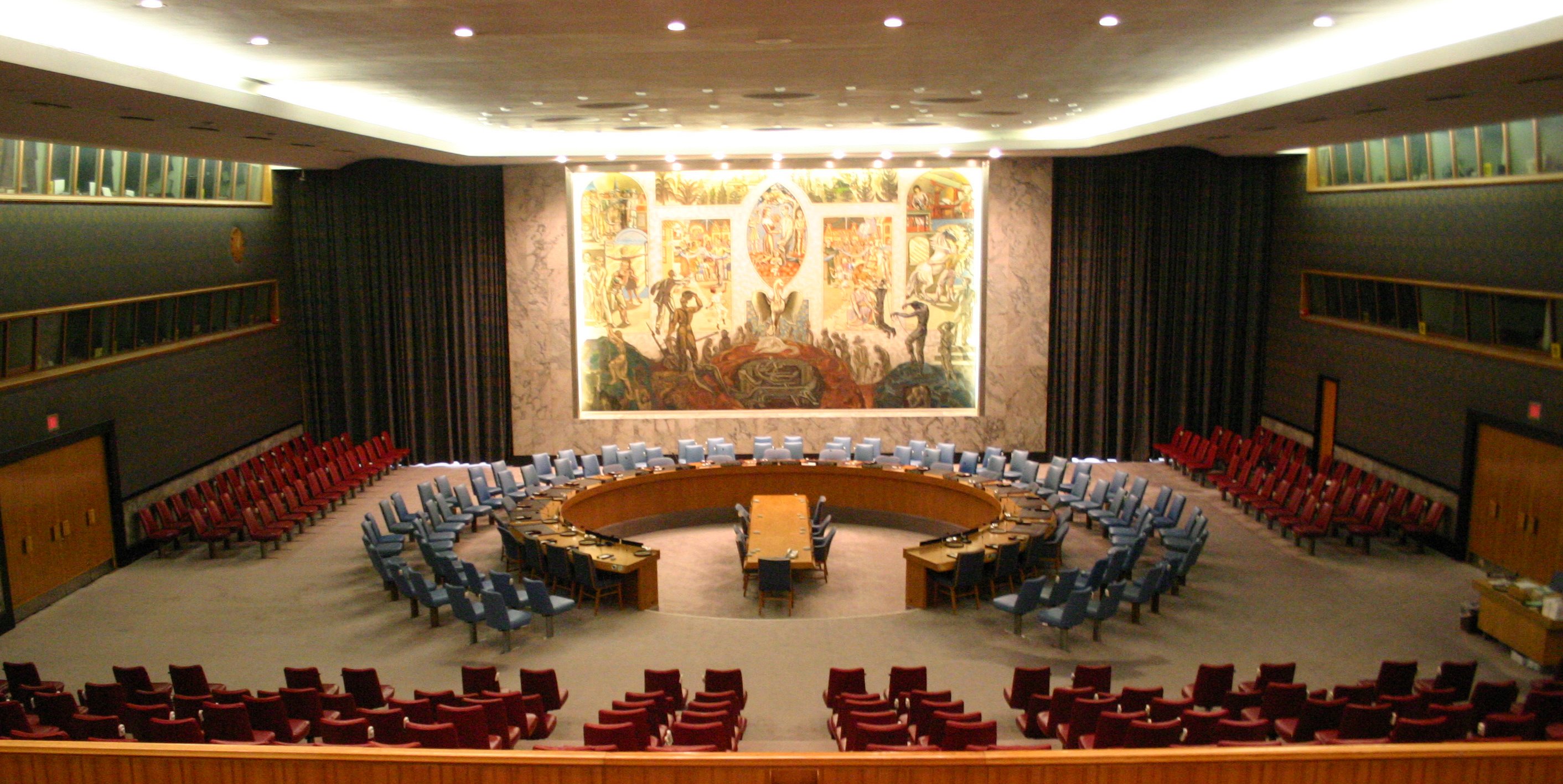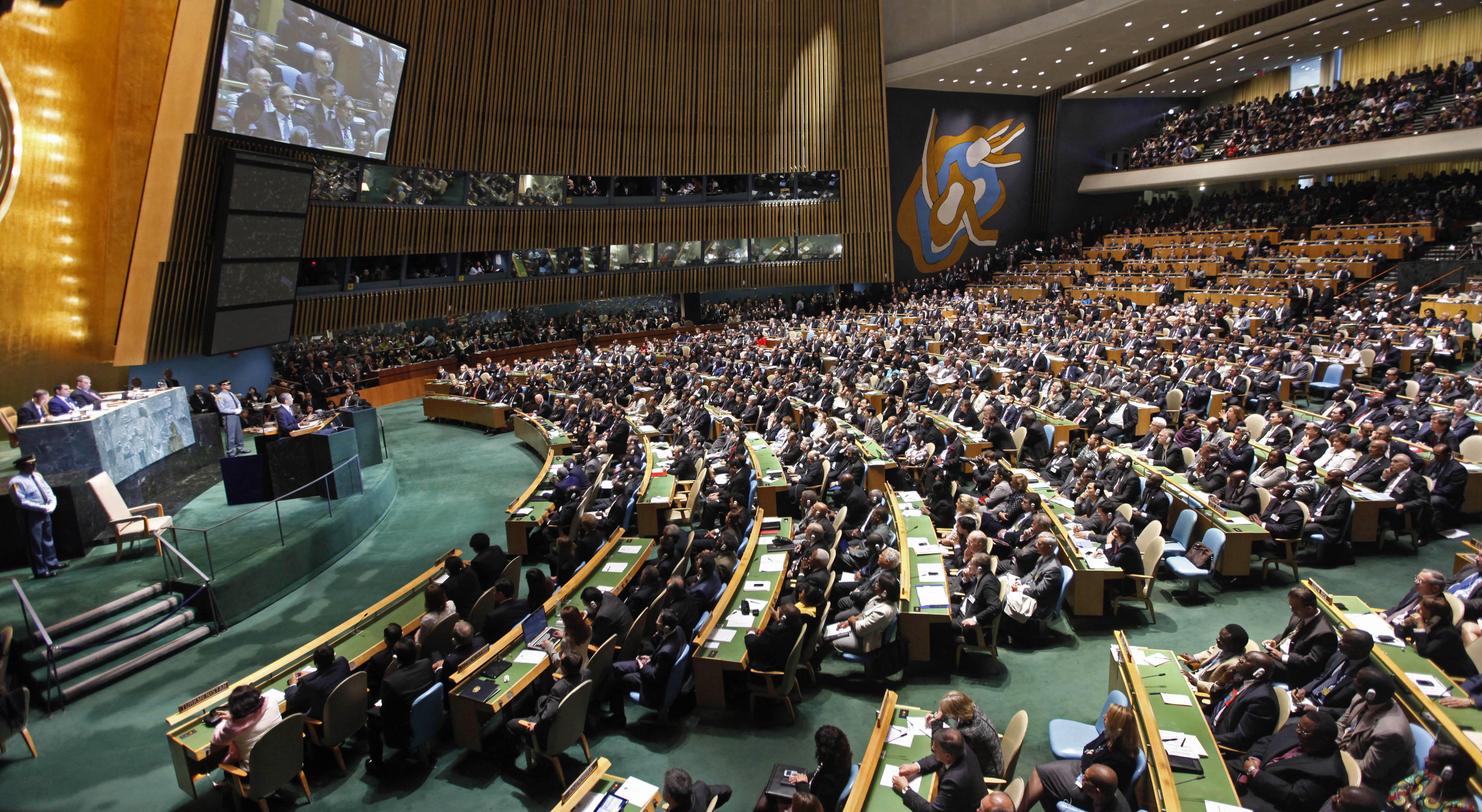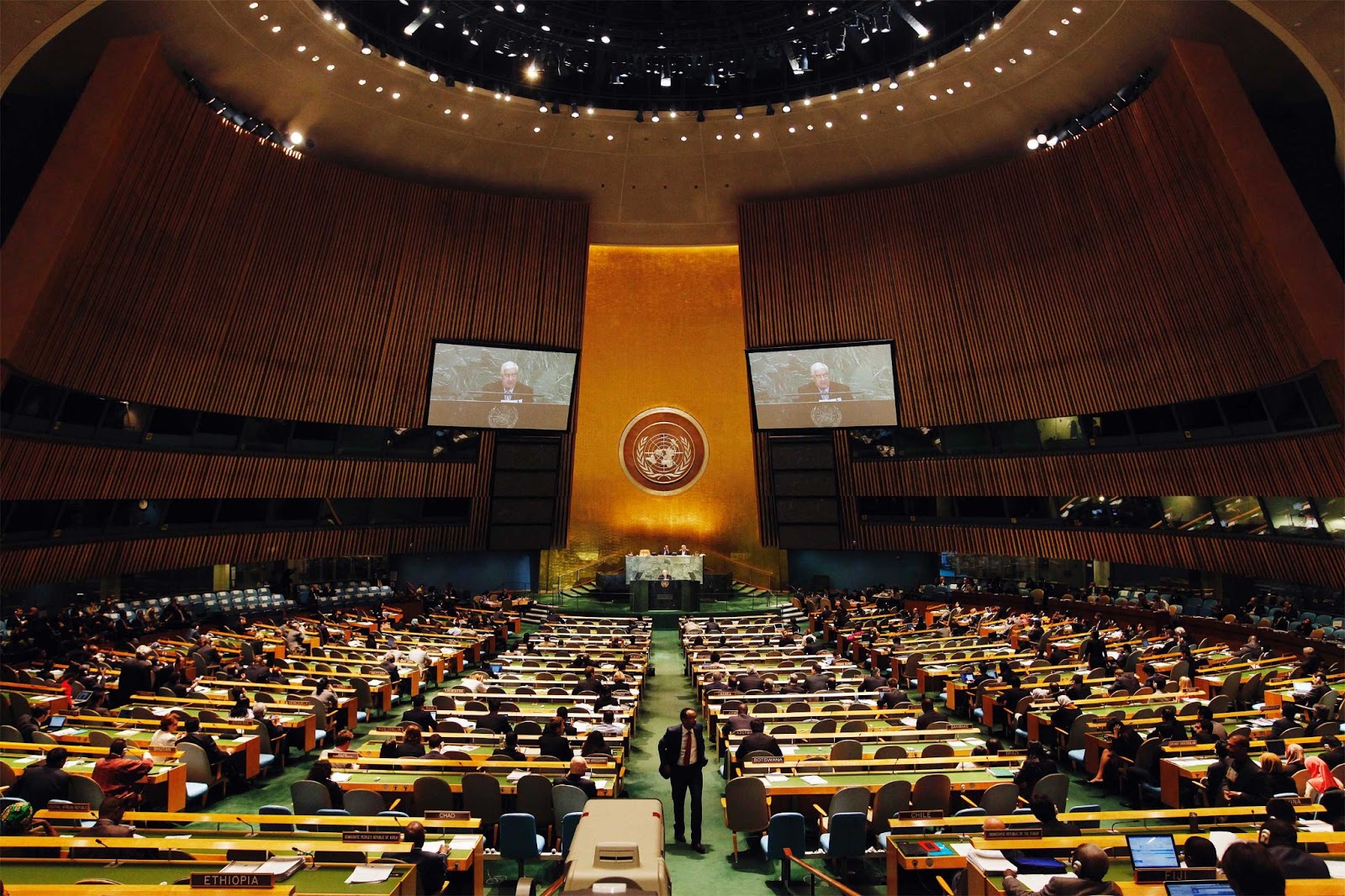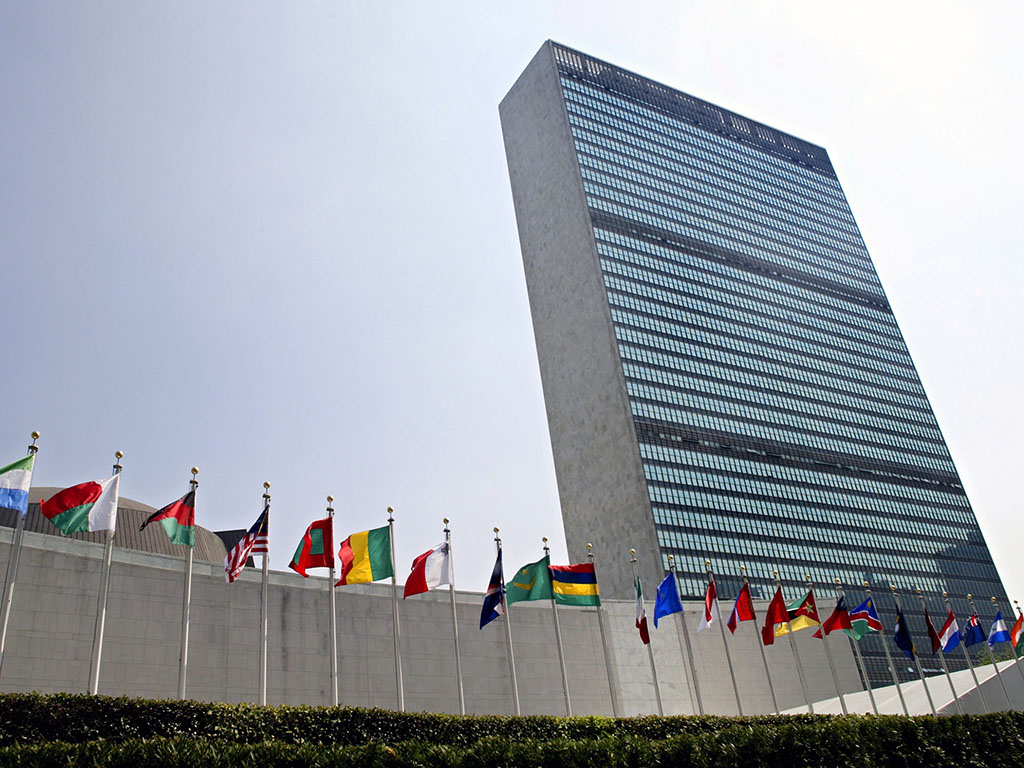This paper provides conceptual inputs on a potential bi-modal monitoring framework for the LDC category
CDP Background Paper series

The third annual review of the VNRs by the CDP providing a systematic content analysis of the VNRs presented to the HLPF.

Voluntary national reviews (VNRs) are an important innovation as a United Nations process for follow up to the adoption of development agendas. The paper anal

CDP Background Paper No. 48
By Keith Nurse
Migration and the growth of global diasporas are key contemporary trends which impact on the pledge to ?leave no one behind? in the 2030 Agenda. The developmental potential of migration is

One of the most important elements of the 2030 Agenda and the SDGs is the strong commitment to inclusive development, and leaving no one behind has emerged as a central theme of the agenda. How did this consensus come about? And what does this term mean and how is it being interpreted? This matters because the influence of SDGs on policy and action of governments and stakeholders in development operates through discourse. So the language used in formulating the UN Agenda is a terrain of active contestation. This paper aims to explain the politics that led to this term as a core theme. It argues that LNOB was promoted to frame the SDG inequality agenda as inclusive development, focusing on the exclusion of marginalized and vulnerable groups from social opportunities, deflecting attention from the core issues of distribution of income and wealth, and the challenge of extreme inequality. The term is adequately vague so as to accommodate wide ranging interpretations. Through a content analysis of LNOB in 43 VNRs, the paper finds that the majority of country strategies identify LNOB as priority to the very poor, and identify it with a strategy for social protection. This narrow interpretation does not respond to the ambition of the 2030 Agenda for transformative change, and the principles of human rights approaches laid out.

Voluntary national reviews (VNRs), are an important innovation as a United Nations process for follow up to the adoption of development agendas. The paper analyses how countries addressed three key cross-cutting issues of the 2030 Agenda for Sustainable Development in the VNRs submitted in 2017: leaving no one behind; addressing trade-offs through policy integration; and pursuing global partnership as means of implementation. While the VNRs contain already many interesting examples as basis for mutual learning and sharing of, the paper also identifies a need for more attention to these issues and more explicit discussions on strategies for their implementation.

We examine globalization's effects on those left behind in both industrial and emerging markets. While access to global markets has lifted billions out of poverty in emerging markets, the benefits have not been equally shared. Increased competition through globalization as well as skill-biased technical change has hurt less educated workers in rich and poor countries. While much of the rising inequality is often attributed to globalization alone, a brief review of the literature suggests that labor-saving technology has likely played an even more important role. The backlash has focused on the negative consequences of globalization in developed countries, and now threatens the global trading system and access to that system for emerging markets. We conclude by proposing some solutions to compensate losers from the twin forces of technical change and globalization.

This paper provides an overview of the conceptual and empirical issues involved in the overarching goal of "leaving no one behind" (LNOB). It proposes ways to operationalize LNOB, discusses whether to take a country-focused or person-focused approach, examines various (multidimensional) ways to measure those who are left behind, argues for grounding LNOB on intrinsic and instrumental reasons, suggests ways to identify those at risk of being left behind, and discusses difficult trade-offs with other SDGs for an agenda focused on LNOB.

One of the pillars of the 2030 Agenda for Sustainable Development is the pledge to ?leave no one behind?. This paper argues that we must recognise that many people throughout the world are not just being left behind. They are being pushed even further behind, and their levels of well-being are falling, often in ways from which it is impossible to fully recover.
 Welcome to the United Nations
Welcome to the United Nations